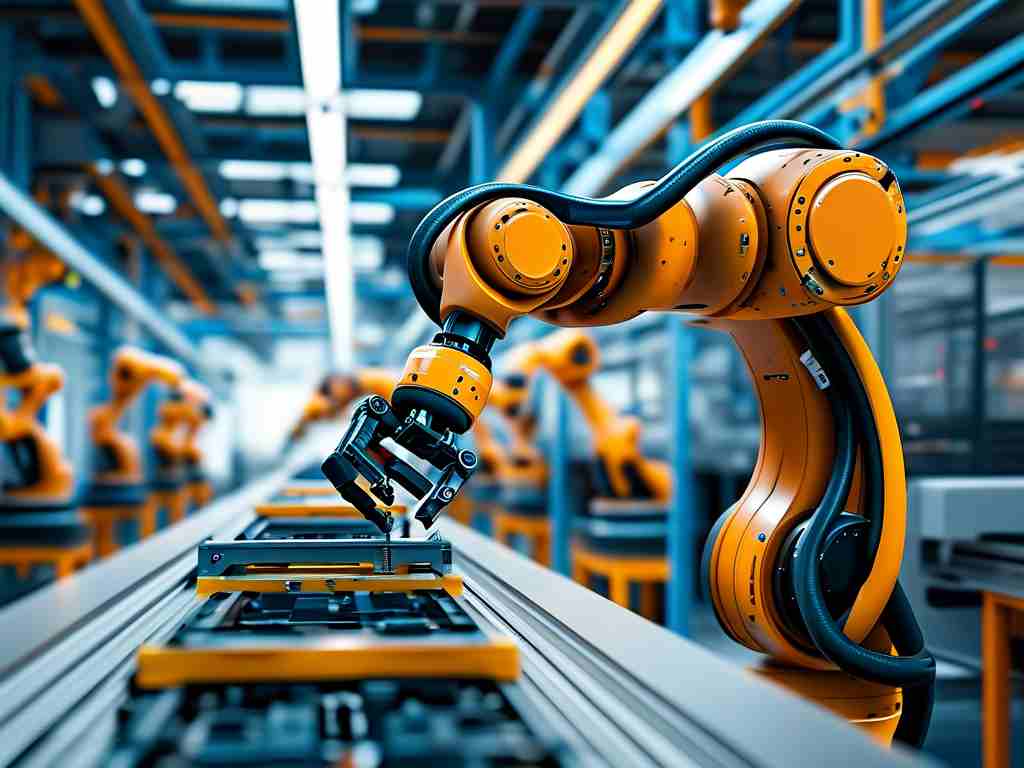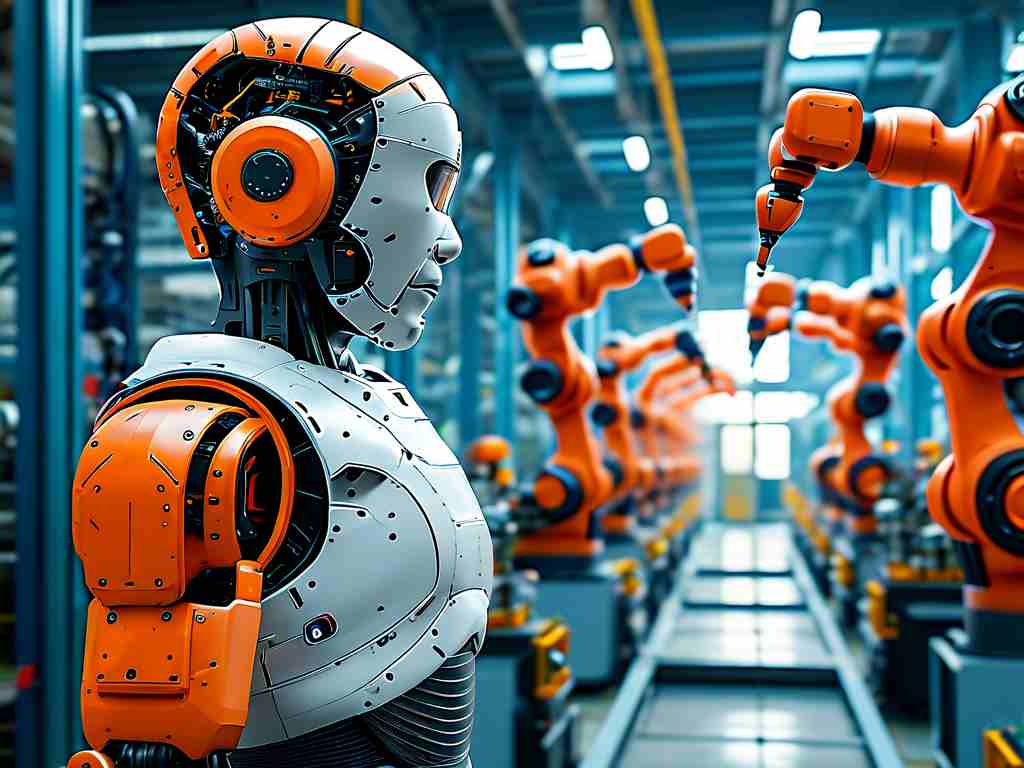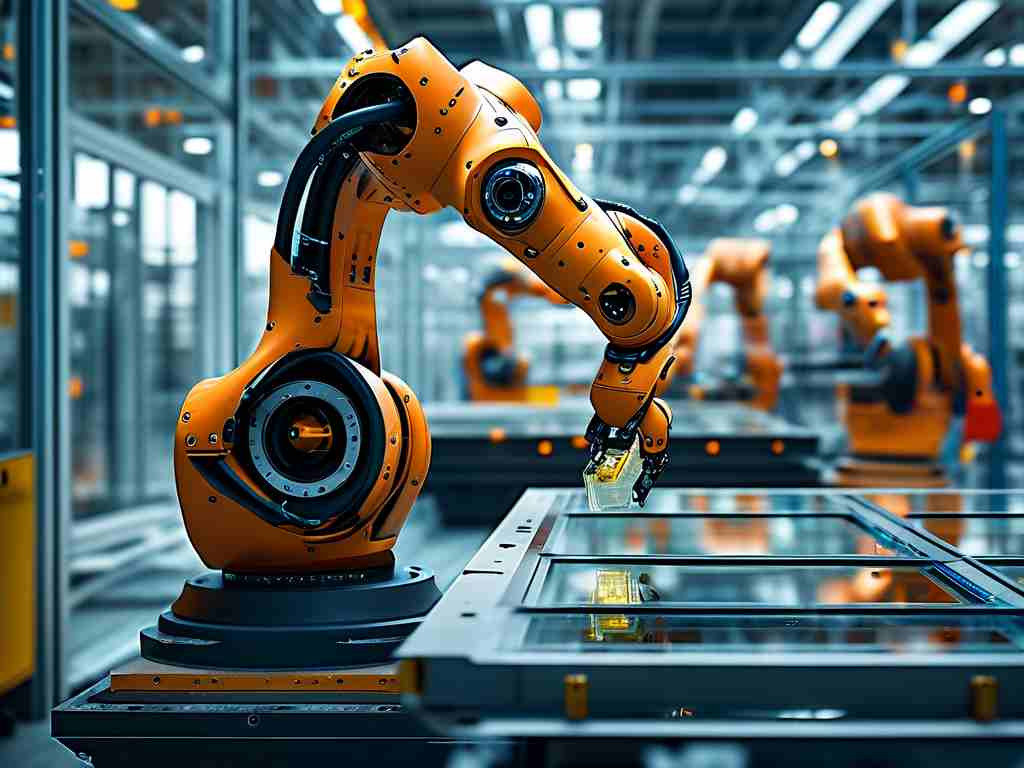The integration of robotics into textile manufacturing represents a groundbreaking shift in how fabrics are designed and produced. At its core, robotic textile technology combines advanced automation, precision engineering, and intelligent software systems to revolutionize traditional weaving, knitting, and material handling processes. This article explores the foundational principles driving this innovation and its transformative impact on the textile industry.

Mechanized Fabric Manipulation
Central to robotic textile systems is the ability to manipulate fibers with sub-millimeter accuracy. Industrial robotic arms equipped with specialized end-effectors—such as pneumatic grippers or needle arrays—execute complex patterns by coordinating movements across multiple axes. These machines replicate human dexterity while surpassing manual capabilities in speed and consistency. For instance, six-axis robots can simultaneously control thread tension, adjust loom settings, and detect yarn defects through integrated force-torque sensors. This mechanized precision minimizes material waste and ensures uniform fabric quality, particularly in high-performance textiles used in aerospace or medical applications.
Sensor-Driven Process Optimization
Modern robotic textile platforms employ a network of optical, thermal, and tactile sensors to create closed-loop manufacturing systems. Machine vision cameras with micron-level resolution scan fabrics in real time, identifying weave irregularities invisible to the naked eye. Infrared sensors monitor thermal changes during synthetic fiber extrusion, automatically adjusting heating elements to maintain optimal viscosity. Force-sensitive rollers in knitting robots dynamically adapt pressure based on yarn thickness variations, preventing breakage during high-speed production. This sensory feedback is processed through edge computing modules, enabling instantaneous corrections without human intervention.
AI-Enhanced Pattern Generation
Artificial intelligence algorithms have become indispensable in robotic textile systems. Generative design software analyzes historical production data and material properties to create optimized weave patterns. Deep learning models trained on fabric performance metrics suggest structural modifications that enhance durability or elasticity. In one breakthrough application, neural networks developed 3D-knit architectures that improve heat dissipation in sportswear by 40% compared to conventional designs. These AI systems also predict maintenance requirements by correlating motor vibration patterns with potential mechanical failures, reducing downtime by up to 25%.
Hybrid Human-Robot Workflows
While fully automated textile lines exist, many facilities implement collaborative robotics (cobots) that augment human expertise. For example, dual-arm cobots assist technicians in intricate tasks like embroidery thread color changes or lace detailing. Equipped with collision detection and pressure-limiting joints, these robots operate safely alongside workers while handling repetitive motions. Voice-command interfaces allow experienced weavers to verbally adjust robotic parameters during experimental fabric prototyping, merging artisanal knowledge with digital precision.
Sustainable Production Paradigms
Robotic textile technology enables unprecedented sustainability through resource optimization. Automated cutting systems powered by computer vision achieve 98% material utilization by nesting pattern pieces like puzzle components. Self-cleaning robotic looms recycle starch sizing agents through integrated filtration systems, reducing water consumption by 30%. Closed-loop robotic dyeing stations precisely meter pigments based on real-time colorimetric analysis, decreasing chemical waste by 45%. These eco-efficient processes align with circular economy principles while maintaining commercial viability.
Challenges and Future Directions
Despite remarkable progress, technical hurdles persist. The variability of natural fibers challenges robotic handling systems designed for synthetic materials. Research teams are developing adaptive grippers with variable stiffness mechanisms and electrostatic adhesion to better manage delicate organic threads. Another frontier involves quantum computing applications for simulating nanoscale fiber interactions, potentially enabling atomic-level fabric engineering.
As 5G connectivity and digital twin technology mature, expect wider adoption of cloud-controlled robotic textile networks. Such systems would allow factories to synchronize production globally, automatically redistributing orders based on regional material availability and energy costs. With continued innovation, robotic textile technology promises to redefine not just manufacturing efficiency, but the very possibilities of functional fabric design.
This technological evolution positions the textile industry at the intersection of tradition and futurism, where centuries-old craftsmanship converges with cutting-edge robotics—a synthesis that will shape the materials defining tomorrow's world.









